Home>Articles>How To Calculate The Costs Of Stone, Concrete, And Brick Patio Pavers
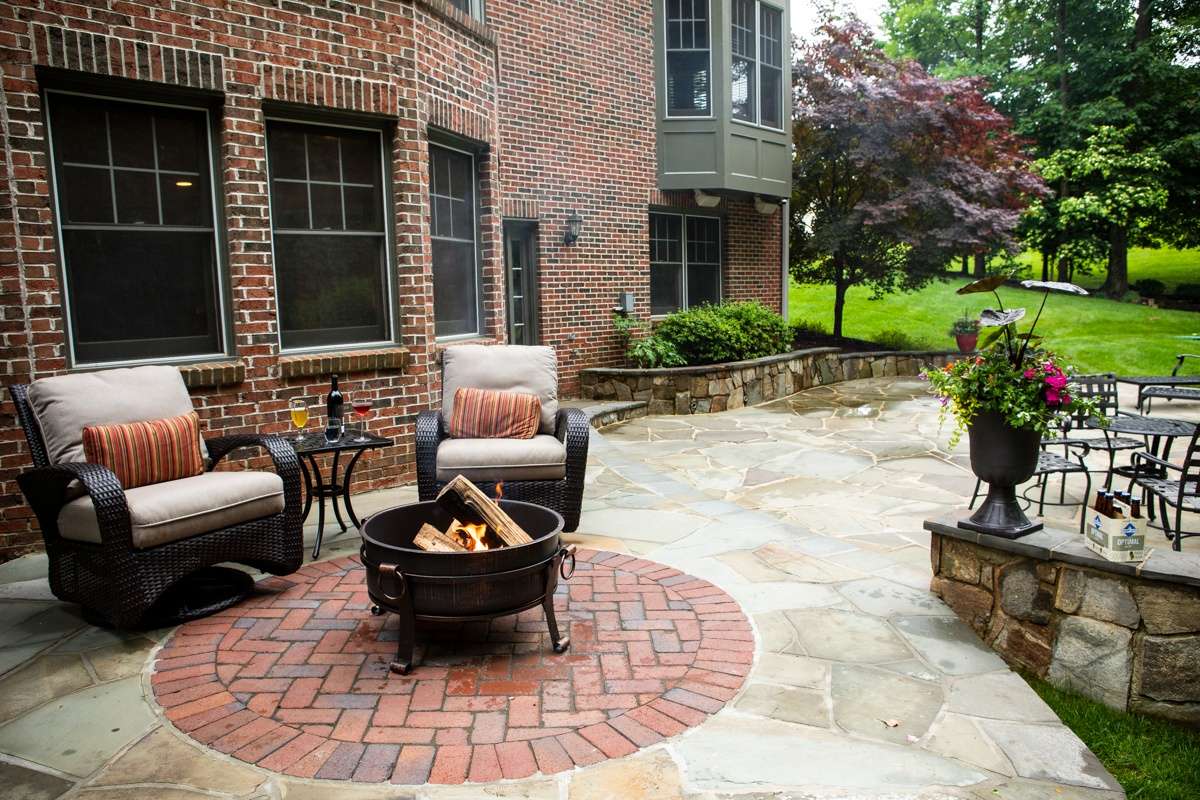

Articles
How To Calculate The Costs Of Stone, Concrete, And Brick Patio Pavers
Modified: August 24, 2024
Learn how to accurately calculate the costs of stone, concrete, and brick patio pavers with our informative articles.
(Many of the links in this article redirect to a specific reviewed product. Your purchase of these products through affiliate links helps to generate commission for Storables.com, at no extra cost. Learn more)
Introduction
When it comes to creating an outdoor living space, a patio can be a fantastic addition to any home. Not only does it provide you with a versatile space to relax and entertain, but it also adds aesthetic appeal and increases the overall value of your property. Among the various options available for patio materials, stone, concrete, and brick pavers are some of the most popular choices.
Before embarking on your patio project, it’s essential to have a clear understanding of the costs involved. Calculating the costs of stone, concrete, and brick patio pavers requires careful consideration of various factors, such as the size of the patio, the type of pavers, the thickness required, and labor costs.
In this article, we will guide you through the process of calculating the costs of stone, concrete, and brick patio pavers. By following these steps, you can estimate the budget required for your project and make informed decisions along the way.
Key Takeaways:
- Planning a patio project? Accurately measure the area, choose the right paver type and thickness, and estimate material and labor costs to create a realistic budget.
- Consider additional costs like site preparation, permits, and maintenance to ensure a comprehensive budget for your patio project.
Factors to Consider Before Calculating Costs
Before diving into the specifics of calculating the costs of stone, concrete, and brick patio pavers, there are a few key factors to consider. Taking these factors into account will help you make more accurate calculations and ensure that you have a realistic budget for your project.
1. Size of the patio: The first step is to measure the area where you want to install the patio. Take accurate measurements of the length and width of the space to calculate the total square footage. This will serve as the basis for determining the amount of materials you will need.
2. Type of pavers: There are various types of patio pavers available in the market, each with its own unique characteristics and price range. Consider the aesthetics, durability, and maintenance requirements of different paver materials, such as stone, concrete, or brick, before making a decision. Keep in mind that the cost will vary depending on your choice.
3. Thickness of pavers: The thickness of the pavers will play a role in the overall cost of the project. Thicker pavers are generally more expensive but offer increased durability and longevity. Consider the foot traffic and weight load that your patio will endure to determine the appropriate thickness of the pavers.
4. Paver patterns and design features: If you plan to incorporate intricate patterns or design features into your patio, be aware that it may require additional cutting and installation time, which can impact labor costs. Keep this in mind when calculating the overall budget.
5. Climate and maintenance: Consider the climate and weather conditions in your area, as certain paver materials may be better suited for specific climates. Additionally, factor in the long-term maintenance requirements and costs of the chosen pavers.
By taking these factors into account before calculating the costs, you can make more informed decisions and ensure that you plan your patio project accordingly. Now, let’s dive into the step-by-step process of calculating the costs of stone, concrete, and brick patio pavers.
Measuring the Patio Area
The first step in calculating the costs of stone, concrete, and brick patio pavers is to accurately measure the patio area. This will give you the total square footage, which will serve as the foundation for determining the amount of materials needed.
Here’s how to measure the patio area:
- Clear the area: Remove any furniture, plants, or debris from the patio area to get a clear and accurate measurement.
- Measure the length and width: Use a tape measure to measure the length and width of your patio. Make sure to measure from one corner to the opposite corner for the most accurate measurement.
- Account for irregular shapes: If your patio has irregular shapes or angles, break it down into smaller sections and measure them individually. Then, add up the measurements of each section to get the total area.
- Calculate the square footage: Multiply the length by the width to get the square footage of each section. If you have multiple sections, add up the square footage of each section to get the total square footage.
For example, if your patio measures 10 feet in length and 8 feet in width, the total square footage would be 80 square feet (10 x 8 = 80).
It’s important to note that if your patio has any protrusions, such as columns or flower beds, subtract their square footage from the total square footage to ensure an accurate calculation.
By accurately measuring the patio area, you can ensure that you have the correct dimensions for calculating the costs of stone, concrete, and brick patio pavers. This step sets the foundation for the next calculations in determining the materials needed and estimating the overall costs.
Choosing the Type of Pavers
Once you have measured the patio area, the next step in calculating the costs of stone, concrete, and brick patio pavers is to choose the type of pavers you want to use. This decision will depend on your personal preferences, budget, and desired aesthetic.
Here are some popular types of patio pavers:
- Stone pavers: Natural stone pavers, such as granite, limestone, or sandstone, offer a timeless and elegant look. They are durable, resistant to weather and wear, and come in a variety of colors and textures. However, stone pavers tend to be more expensive compared to other options.
- Concrete pavers: Concrete pavers are a versatile and cost-effective choice for patio installations. They are available in various shapes, sizes, colors, and finishes, allowing for a wide range of design possibilities. Concrete pavers are also durable and low-maintenance.
- Brick pavers: Brick pavers provide a classic and rustic appearance to patios. They are made from clay or concrete and are known for their durability and strength. Brick pavers are available in different colors and patterns, adding a charming and timeless appeal to your outdoor space.
When choosing the type of pavers, consider factors such as the overall style of your home, the desired aesthetic of the patio, and the maintenance requirements. Additionally, take into account the durability and longevity of the pavers in relation to your climate and intended use of the patio area.
It’s also worth noting that the costs of different paver materials can vary. Stone pavers tend to be the most expensive option, followed by brick pavers, and then concrete pavers being the most budget-friendly option. Consider your budget and choose a paver material that best aligns with your needs and preferences.
By carefully considering the type of pavers you want to use, you can ensure that you create a patio that not only fits your aesthetic vision but also meets your budget and durability requirements. The choice of paver material will impact the overall cost of your project and should be weighed accordingly.
Determining the Thickness of Pavers
When calculating the costs of stone, concrete, and brick patio pavers, it’s important to consider the thickness of the pavers. The thickness of the pavers will depend on various factors, such as the intended use of the patio and the weight load it will need to support.
Here are some factors to consider when determining the thickness of pavers:
- Foot traffic: If your patio will experience heavy foot traffic, such as in a commercial or high-use area, thicker pavers are recommended. Thicker pavers can withstand more wear and tear and are less likely to crack or break under pressure.
- Furniture and accessories: If you plan to place heavy furniture, such as outdoor sofas or dining sets, on your patio, consider thicker pavers to ensure they can support the weight without any issues.
- Climate and weather: In areas with extreme temperatures or frequent freeze-thaw cycles, thicker pavers are recommended to prevent cracking and damage caused by the expansion and contraction of the materials.
Typically, patio pavers come in standard thicknesses of 1 ¾ inches (44mm), 2 ⅜ inches (60mm), and 2 ¾ inches (70mm). Thicker pavers are generally more expensive due to the additional material required.
To determine the appropriate thickness of the pavers for your patio, consider the factors mentioned above and consult with a professional or refer to manufacturer guidelines. It’s crucial to choose a thickness that can withstand the anticipated usage and weight load of your patio to ensure its longevity and structural integrity.
By selecting the right thickness of pavers, you can avoid potential issues such as cracking or sinking and ensure that your patio remains sturdy and durable. This consideration will impact the overall cost of your project, as thicker pavers may be priced higher than their thinner counterparts.
When calculating the costs of stone, concrete, and brick patio pavers, be sure to consider the size of the area to be covered, the cost per square foot of the pavers, and any additional materials needed such as sand, gravel, and edging.
Read more: How To Install Pavers Over A Concrete Patio
Calculating the Number of Pavers Needed
Once you have measured the patio area and determined the thickness of the pavers, the next step in calculating the costs of stone, concrete, and brick patio pavers is to determine the number of pavers needed. This calculation will depend on the size of the patio and the dimensions of the selected pavers.
Here’s how to calculate the number of pavers needed:
- Convert the patio area into square feet: Use the measurements from when you measured the patio area and calculate the total square footage.
- Account for waste: It’s advisable to add a 5-10% buffer to account for waste, cuts, and breakage during installation. Multiply the total square footage by 1.05 or 1.1 to include this additional amount.
- Calculate the coverage area per paver: Determine the dimensions of the paver you have chosen, considering its length, width, and thickness.
- Divide the total square footage by the coverage area per paver: Divide the adjusted square footage (including waste) by the coverage area per paver to calculate the number of pavers needed.
For example, if your patio measures 100 square feet and you’ve accounted for the 10% waste buffer, resulting in 110 square feet, and your chosen paver covers an area of 1 square foot, you will need 110 pavers for your patio (110 / 1 = 110).
It’s essential to factor in any additional sections or areas that require pavers, such as pathways, steps, or borders. Make separate calculations for each section and add up the total number of pavers needed.
It’s also worth considering the availability of pavers in specific quantities. Some paver manufacturers may sell their products in bundles or pallets, which might not align perfectly with your calculated quantity. As a result, you may need to adjust your calculations slightly.
By accurately calculating the number of pavers needed, you can ensure that you purchase the right amount for your patio project. This step is crucial for both budget planning and ensuring a smooth installation process.
Estimating Material Costs
When calculating the costs of stone, concrete, and brick patio pavers, it’s important to estimate the material costs accurately. This will involve considering the cost per square foot or per paver and multiplying it by the number of pavers needed for your patio project.
Here’s how to estimate the material costs:
- Research prices: Research the current prices of the pavers you have chosen. Check with local suppliers, home improvement stores, or online retailers to get an idea of the cost per square foot or per paver.
- Calculate the material cost per square foot or per paver: Divide the total material cost by the total square footage or the total number of pavers needed to get the material cost per square foot or per paver.
- Multiply the material cost by the adjusted square footage or the number of pavers needed: Multiply the material cost per square foot or per paver by the adjusted square footage or the number of pavers needed to calculate the total material cost for your patio project.
For example, if the cost of your chosen pavers is $5 per square foot, and your adjusted square footage is 110 square feet, the estimated material cost would be $550 (5 x 110 = 550).
It’s important to note that the material costs may vary depending on the type, quality, and brand of the pavers you choose. Higher-quality materials or premium brands may come with a higher price tag, but they may also offer enhanced durability and aesthetic appeal.
Additionally, consider any additional materials required for the installation process, such as sand, gravel, or adhesive. These costs should also be factored into your material estimation.
By accurately estimating the material costs, you can create a more realistic budget for your patio project. This step will help you allocate the necessary funds and ensure that you have the required materials for a successful installation.
Accounting for Labor Costs
When calculating the costs of stone, concrete, and brick patio pavers, it’s important to account for labor costs. While you may choose to undertake the installation yourself, it’s common for homeowners to hire professional contractors for a more precise and efficient job. Labor costs will depend on factors such as the complexity of the project, the region you’re in, and the experience and expertise of the contractors.
Here’s how to account for labor costs:
- Research labor rates: Research the average labor rates for patio paver installations in your area. Contact local contractors, request quotes, or refer to online resources to get an idea of the prevailing labor rates.
- Request quotes: Obtain quotes from multiple contractors for the installation of your patio pavers. Make sure the quotes include a breakdown of the labor costs involved.
- Compare quotes: Review each quote carefully, considering factors such as the level of experience and expertise of the contractor, the estimated duration of the project, and any additional services or materials included in the price.
- Calculate the labor cost: Once you have selected a contractor or have an estimate for the labor cost, multiply the cost by the estimated number of days or hours required for the installation. This will give you the total labor cost for your patio project.
It’s important to note that labor costs can vary significantly depending on factors such as the size and complexity of the project, the location, and the current market rates. Additionally, it’s advisable to set aside a contingency budget to account for any unforeseen circumstances or additional work that may arise during the installation process.
By accounting for labor costs, you can determine the total cost of hiring professionals to install your patio pavers. This step is crucial for creating an accurate budget and ensuring that you have sufficient funds to cover all aspects of the project.
Additional Costs to Consider
When calculating the costs of stone, concrete, and brick patio pavers, it’s important to consider additional expenses that may arise during the project. These costs can vary depending on factors such as the specific design features, site preparation requirements, and any extras you may choose to include. By accounting for these additional costs, you can plan your budget more accurately.
Here are some additional costs to consider:
- Site preparation: Depending on the condition of the existing patio area, you may need to include costs for site preparation. This can involve removing old materials, leveling the ground, or applying base layers.
- Permits and inspections: Check with your local authorities to determine if you need any permits or inspections for your patio project. Factor in the costs associated with obtaining the necessary paperwork or scheduling inspections.
- Edge restraints: Consider the cost of edge restraints, such as plastic or metal strips, that help to hold the pavers in place and prevent shifting or spreading over time.
- Sealing and maintenance: Depending on the type of pavers you choose, you may need to include the cost of sealing materials and maintenance products to protect and prolong the lifespan of your patio.
- Decorative features: If you plan to incorporate additional features like outdoor lighting, seating walls, fire pits, or water features, consider the cost of these elements and factor them into your budget.
- Delivery and transportation: If you are purchasing the pavers and other materials from a supplier, include the cost of delivery and transportation in your budget.
- Waste disposal: Account for the cost of waste disposal, especially if you are undertaking the project yourself and need to dispose of the old patio materials or excess waste generated during the installation process.
It’s important to carefully assess your project plans and determine any additional costs unique to your situation. Consult with professionals or experienced contractors for guidance on any specific requirements or considerations that may apply to your patio installation.
By accounting for these additional costs, you can ensure that your budget covers all aspects of the project, allowing for a smooth and successful patio installation.
Read more: How To Calculate Concrete Stairs
Conclusion
Calculating the costs of stone, concrete, and brick patio pavers is an essential step in planning your outdoor living space. By taking into account the factors discussed in this article, you can create a realistic budget and make informed decisions throughout the process.
Remember to measure your patio area accurately and choose the type and thickness of pavers that align with your preferences and the intended use of the patio. Consider the additional costs such as labor, permits, and maintenance to have a comprehensive understanding of the total expenses involved.
Research prices, obtain quotes from contractors, and calculate the number of pavers needed to estimate the material and labor costs. It’s also crucial to consider other expenses such as site preparation, edge restraints, and any decorative features you wish to incorporate.
Keep in mind that costs can vary based on factors such as your location, the quality of materials chosen, and the complexity of the project. It’s essential to have a contingency budget for unexpected expenses that may arise during the installation process.
By carefully calculating and considering all costs, you can ensure that you have the necessary budget to create a beautiful, functional, and durable patio that enhances your outdoor living experience. Whether you choose stone, concrete, or brick pavers, a well-planned and properly installed patio will add value to your home and provide years of enjoyment for you and your family.
Ready to take your backyard to the next level? If you've mastered calculating costs for patio pavers, why not tackle a fun DIY project next? Building your own patio doesn't just save money; it also gives your outdoor space a personal touch. Our easy guide shows you how to create a stylish DIY patio that'll be the envy of the neighborhood. So grab your tools and let's get started on transforming your backyard into a beautiful retreat!
Frequently Asked Questions about How To Calculate The Costs Of Stone, Concrete, And Brick Patio Pavers
Was this page helpful?
At Storables.com, we guarantee accurate and reliable information. Our content, validated by Expert Board Contributors, is crafted following stringent Editorial Policies. We're committed to providing you with well-researched, expert-backed insights for all your informational needs.


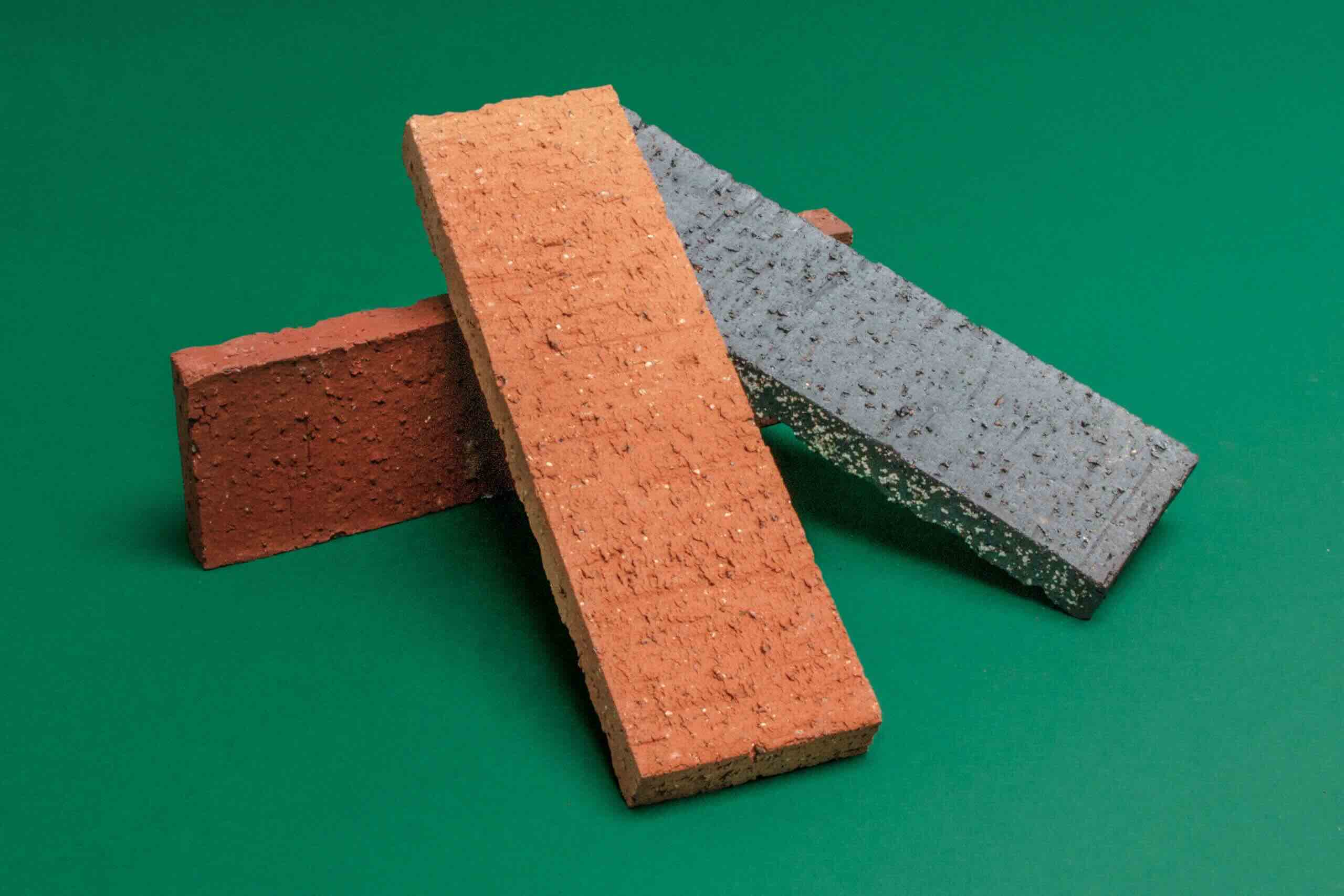
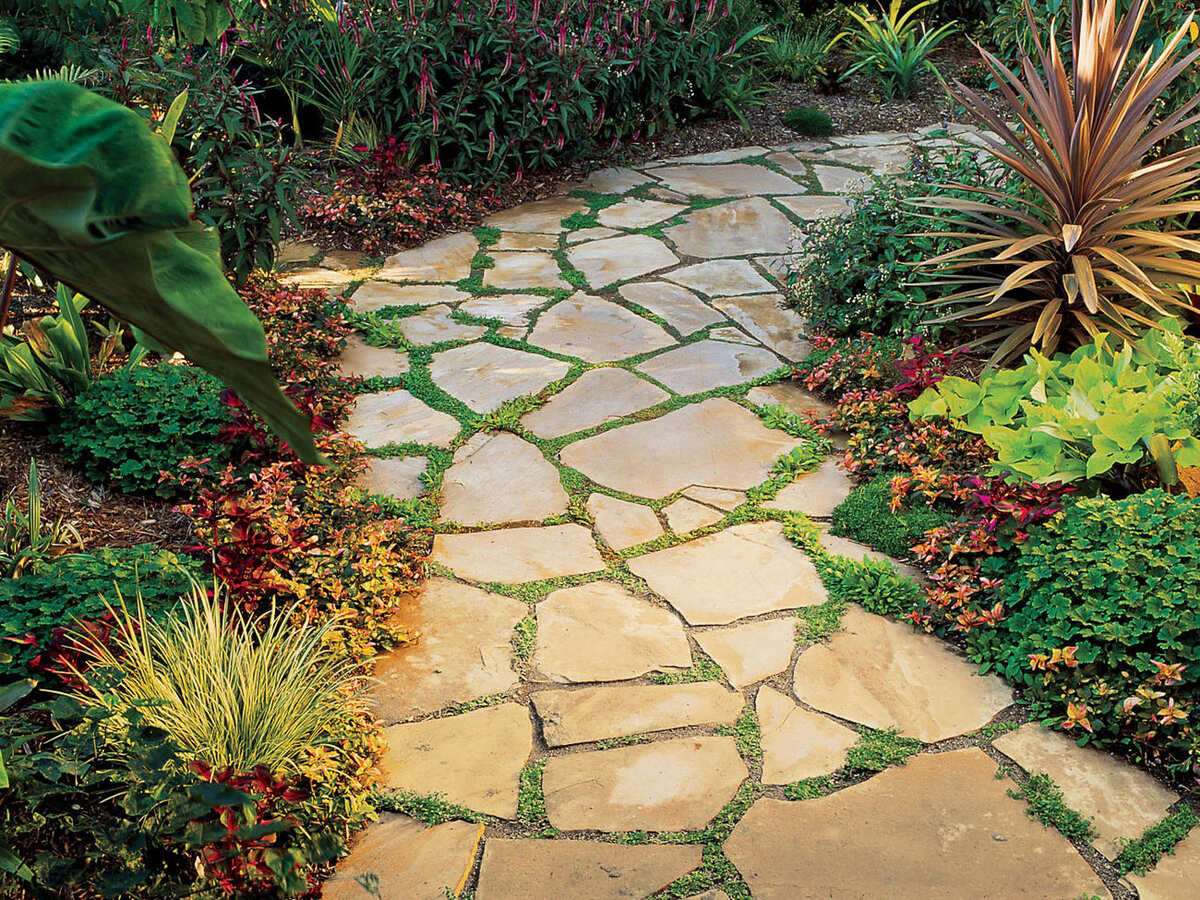
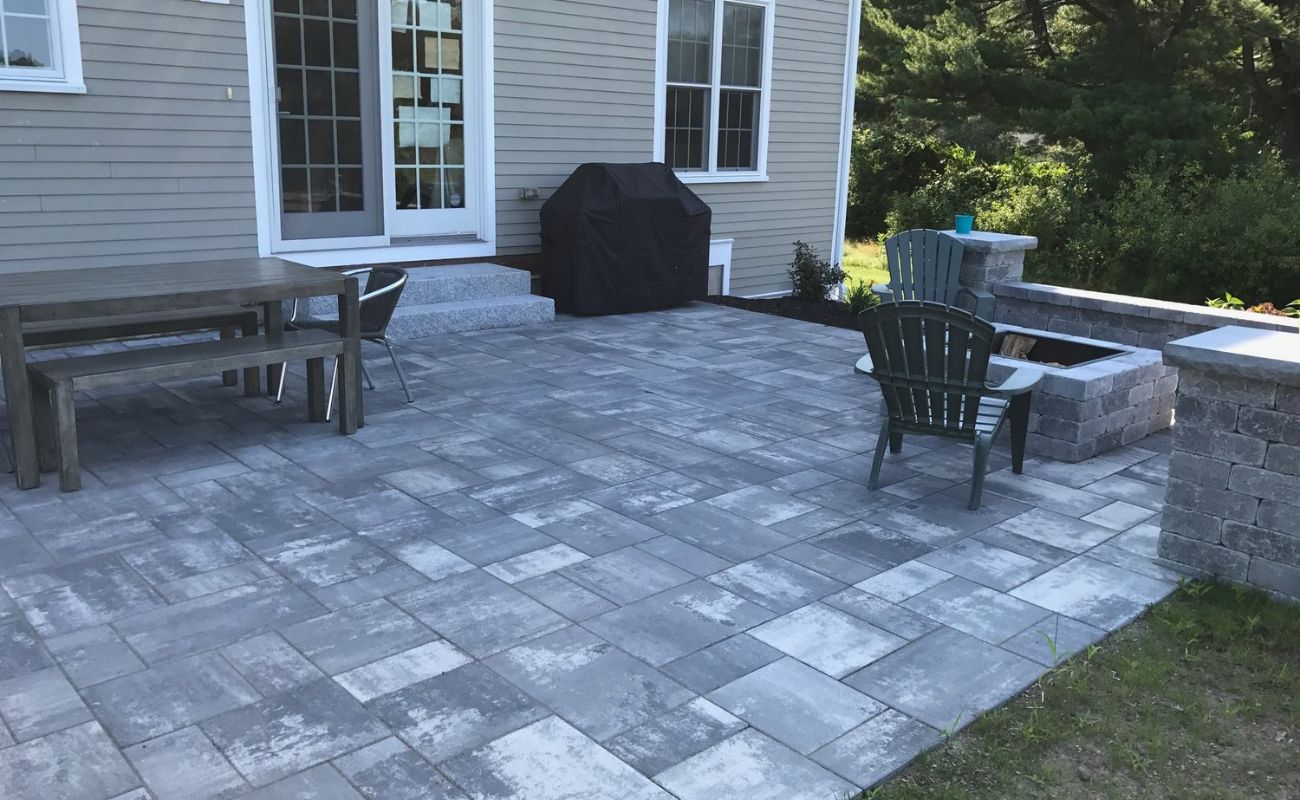
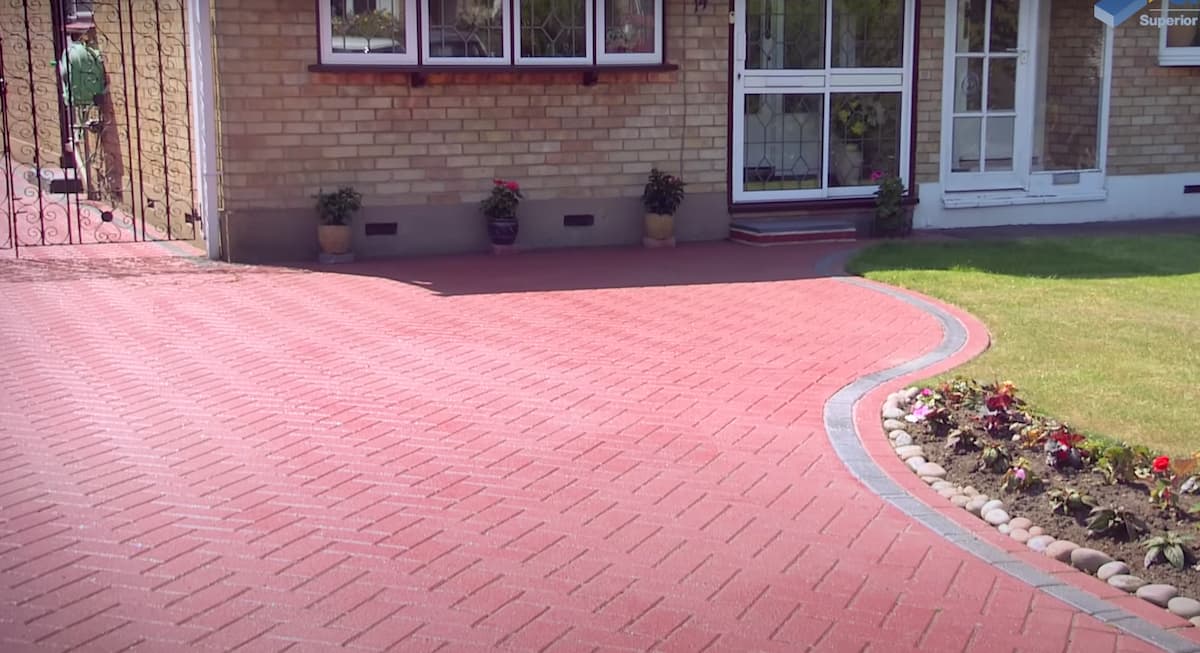
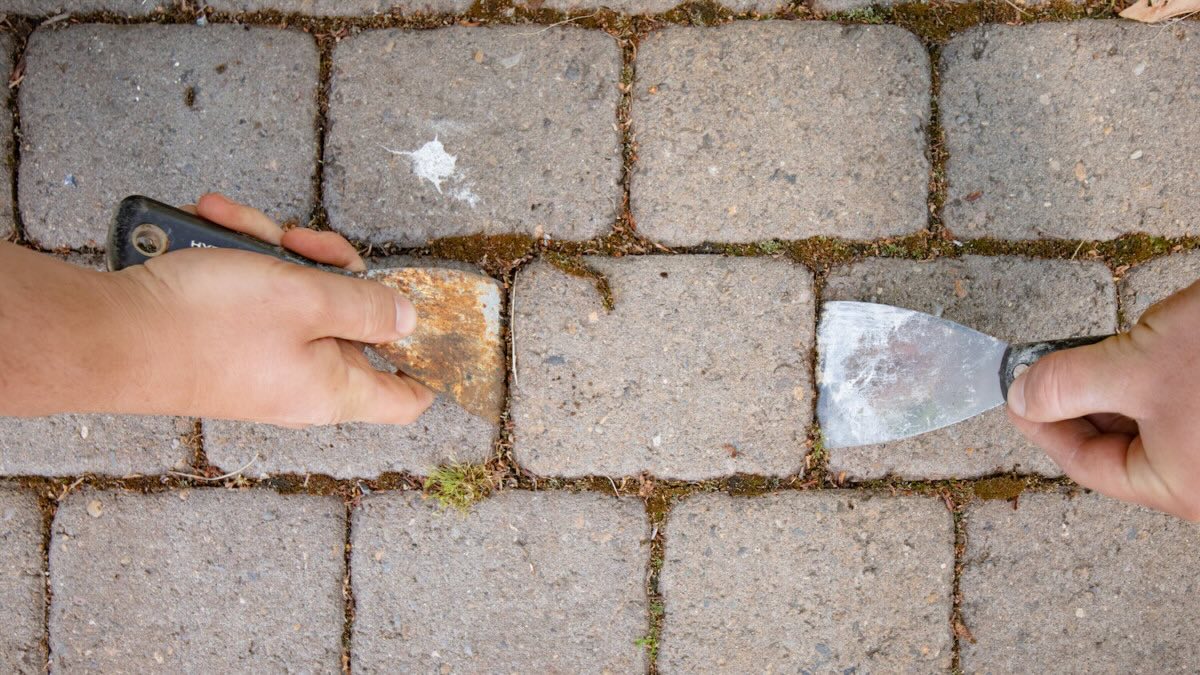
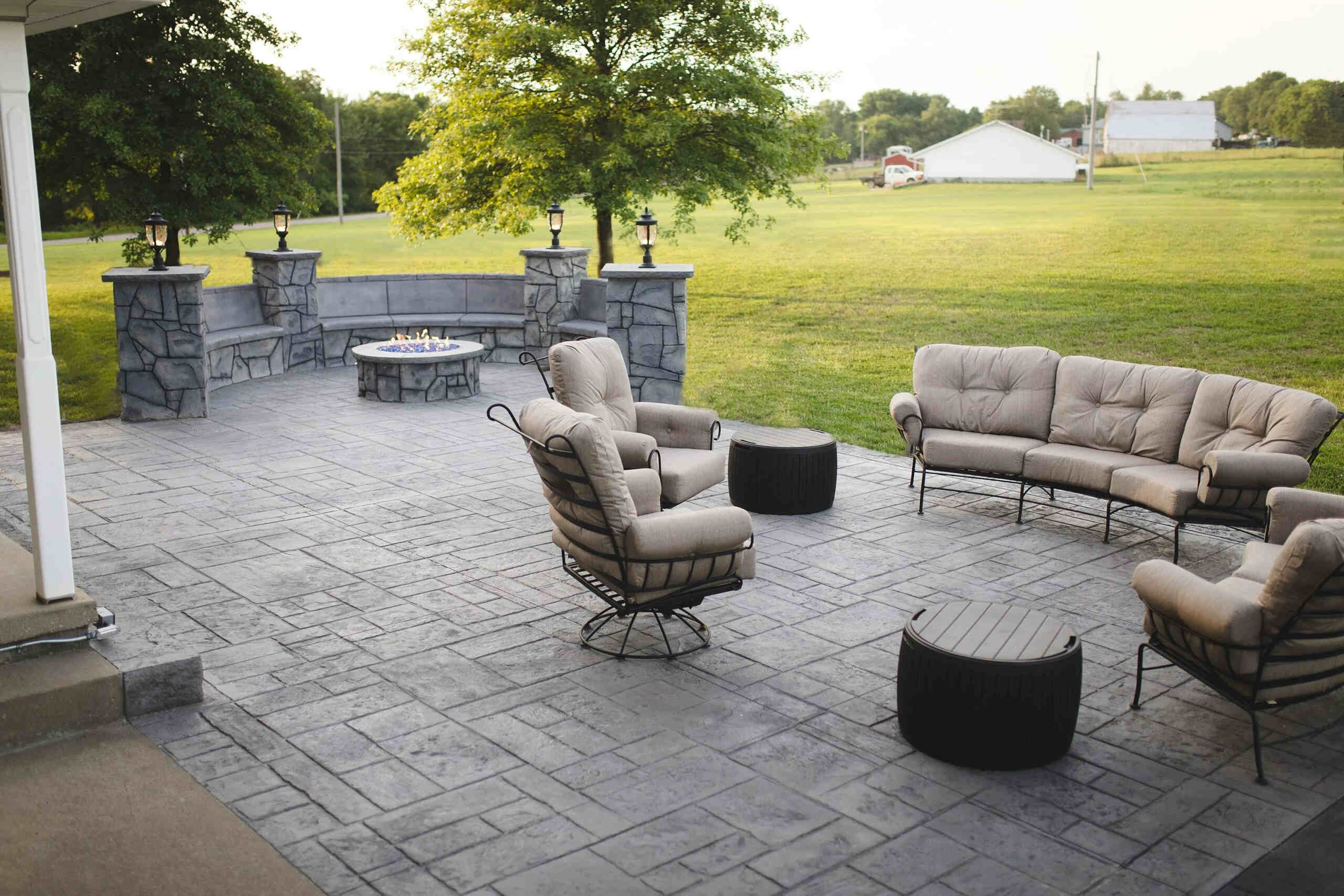
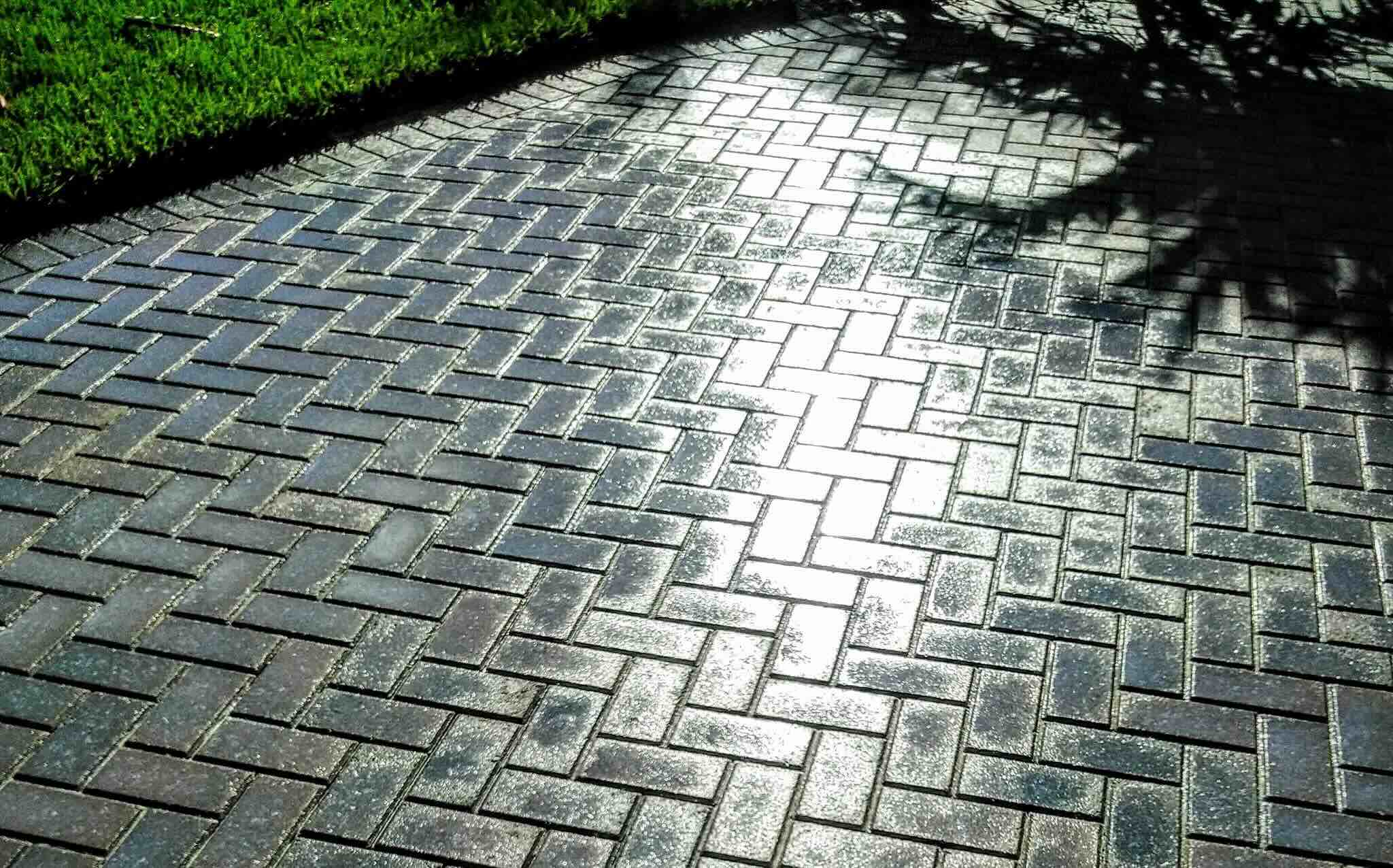
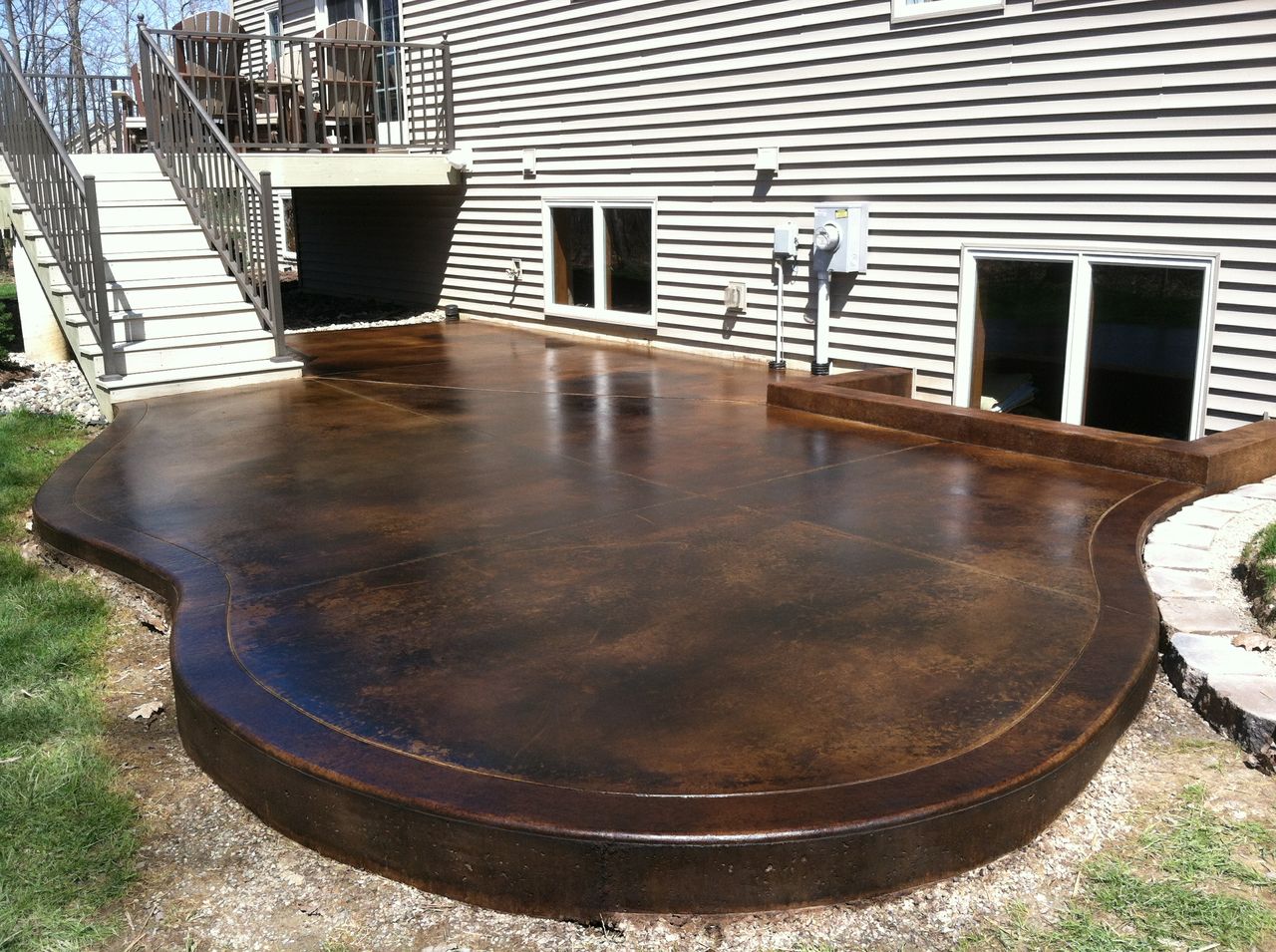
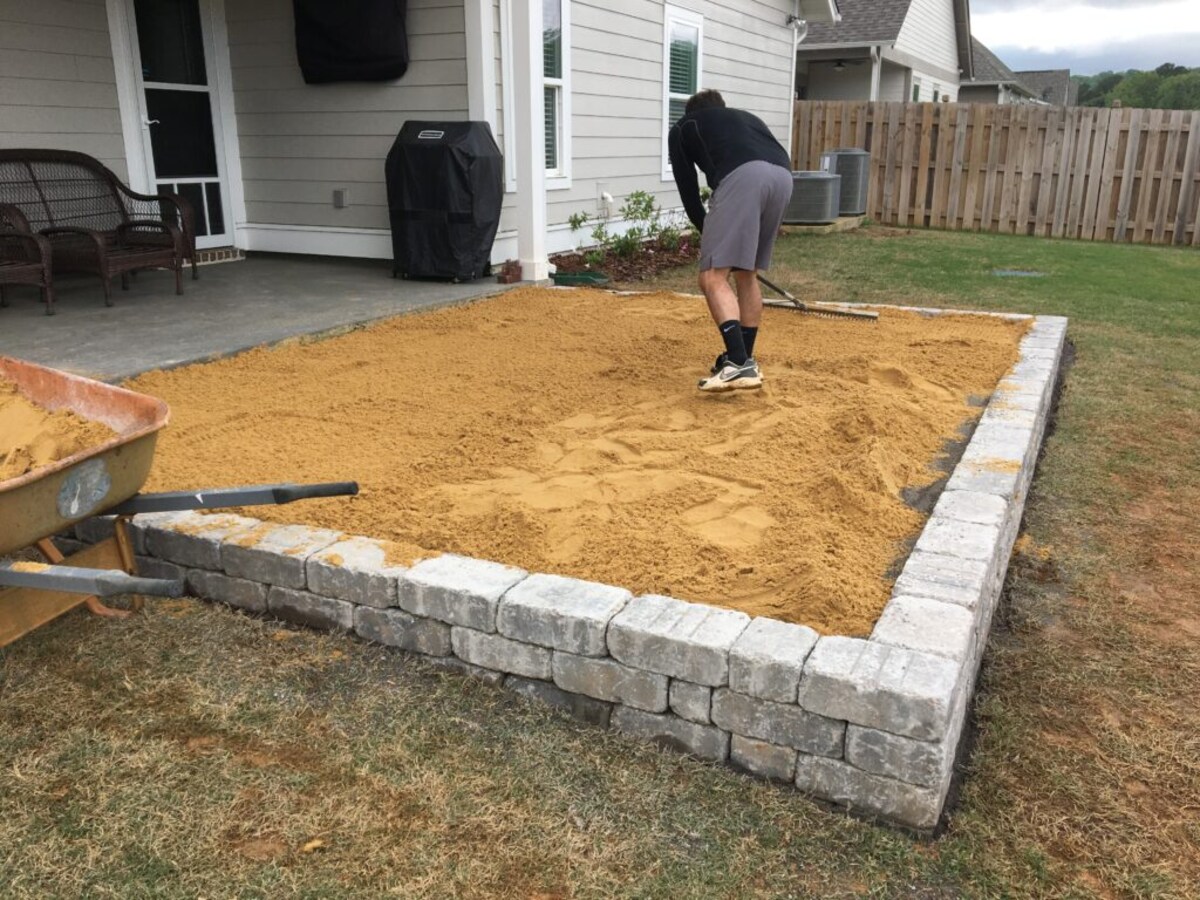
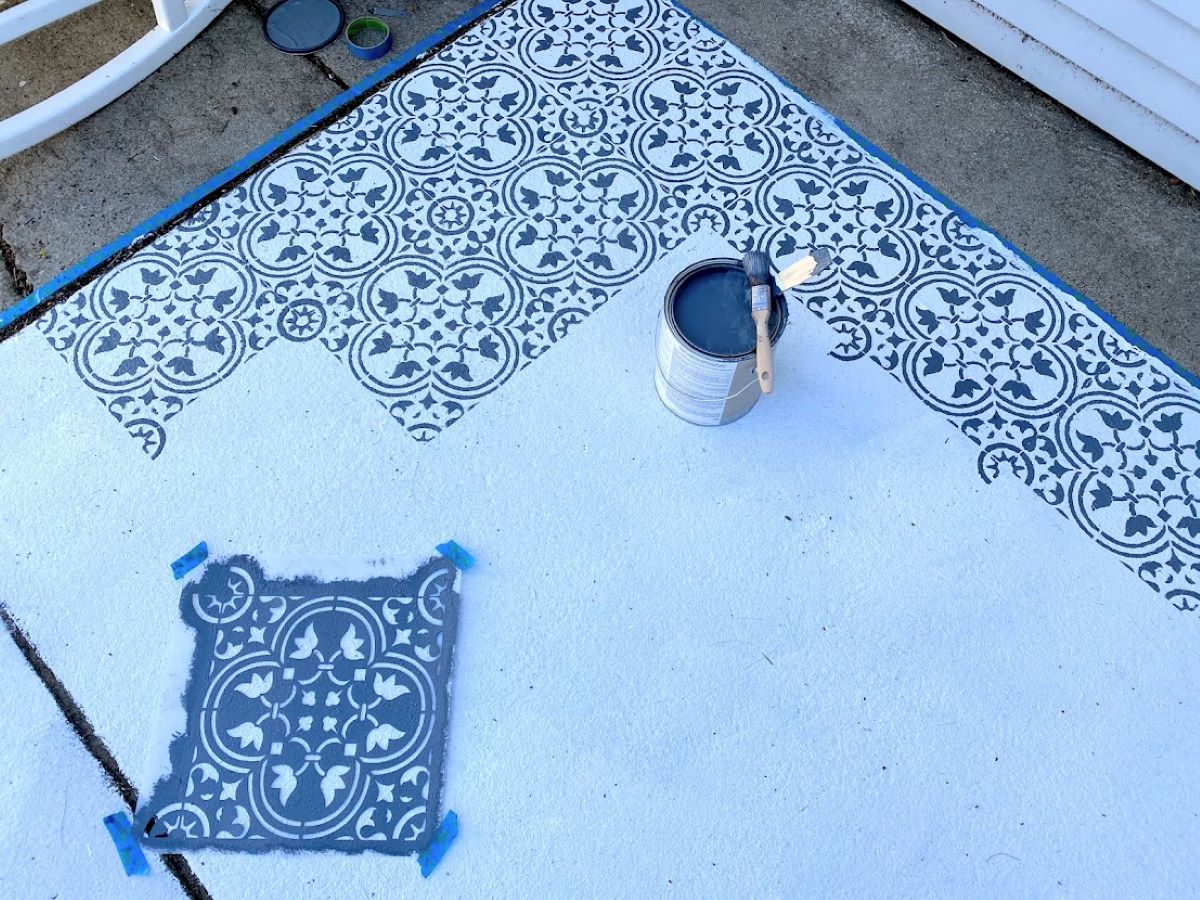
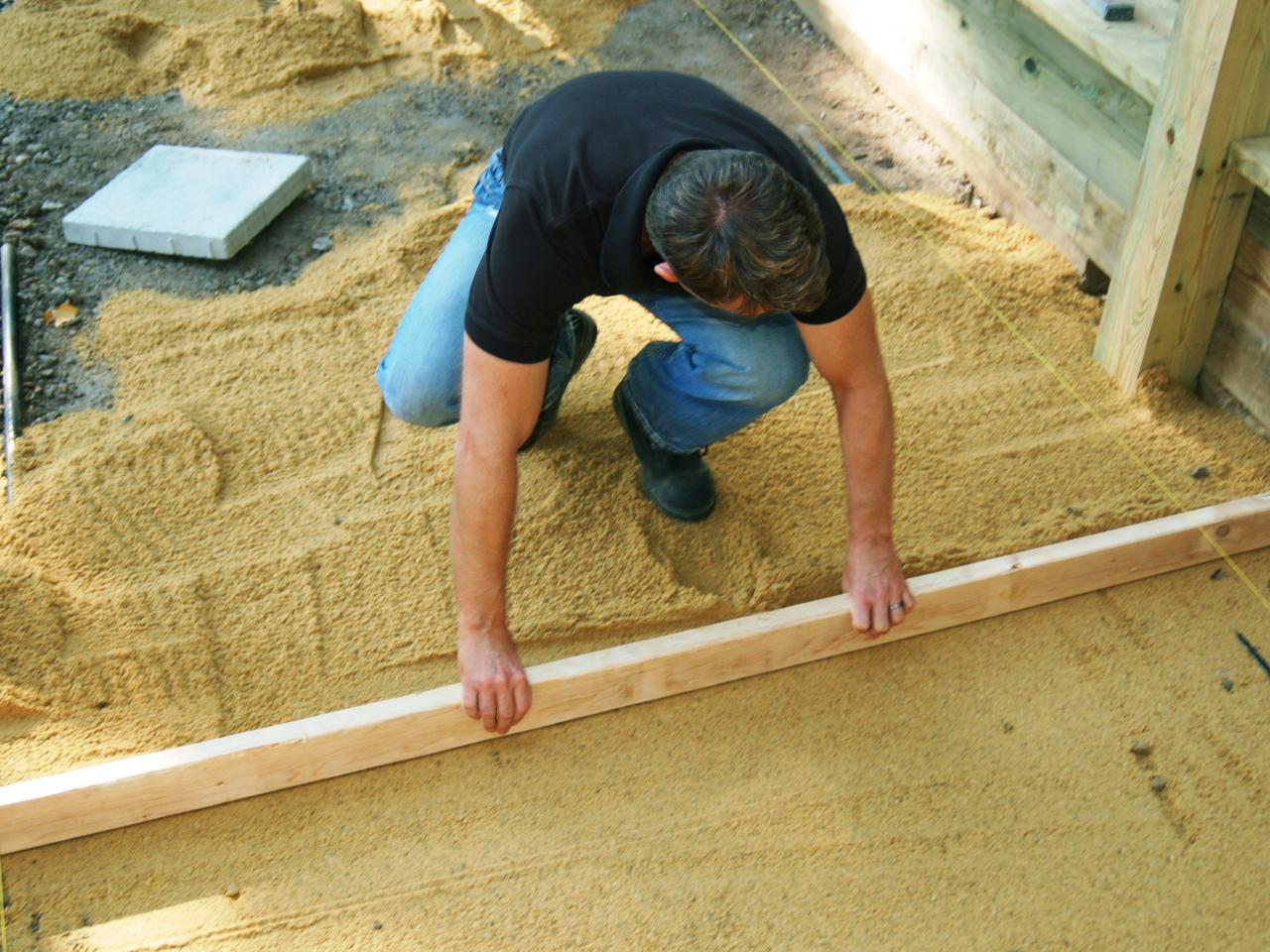

0 thoughts on “How To Calculate The Costs Of Stone, Concrete, And Brick Patio Pavers”